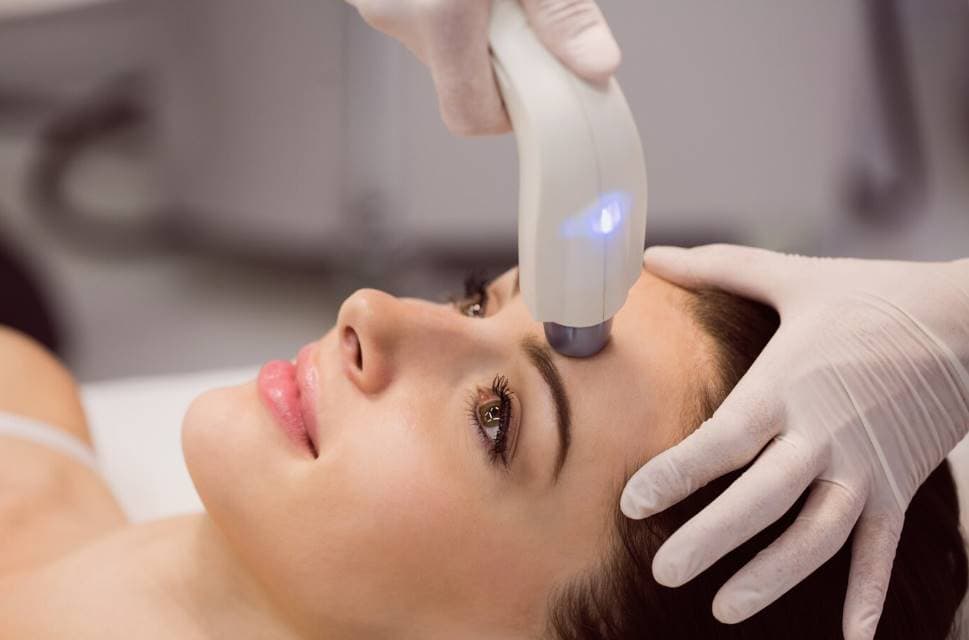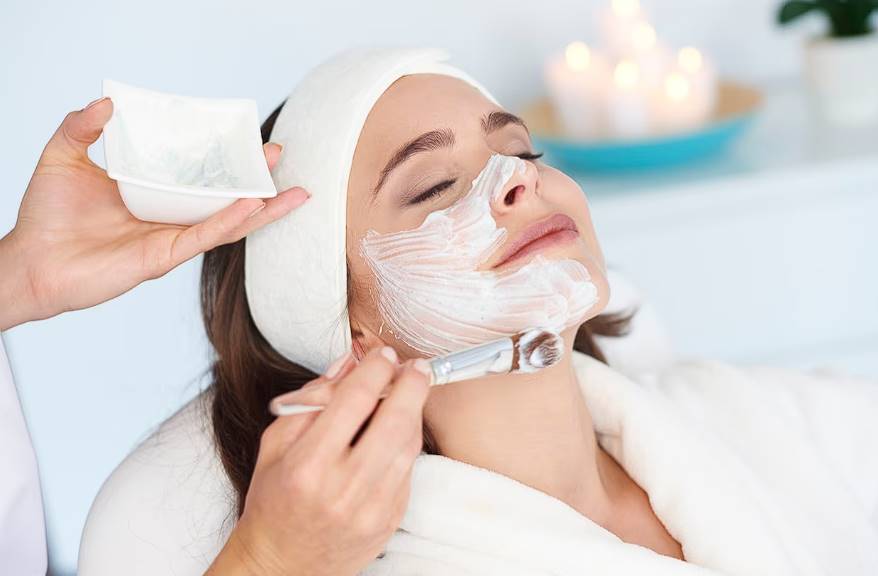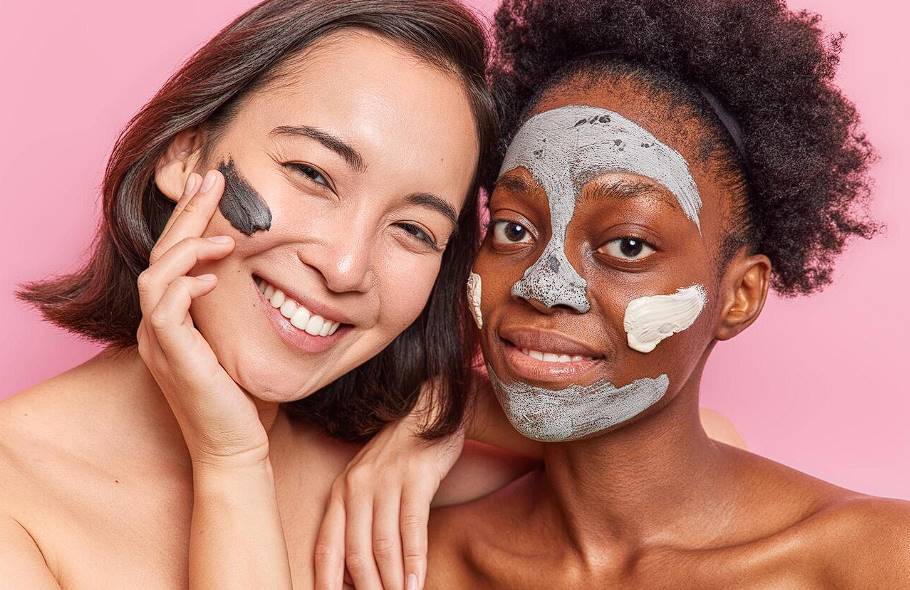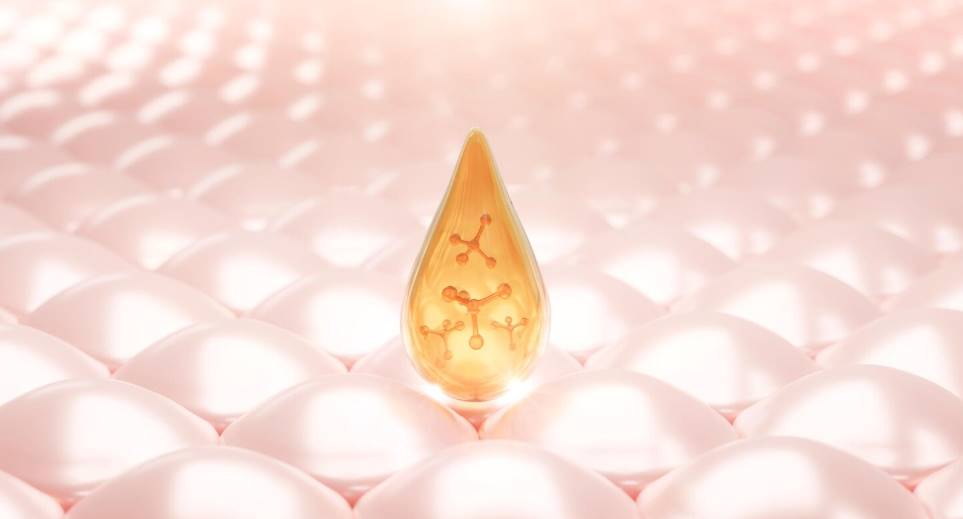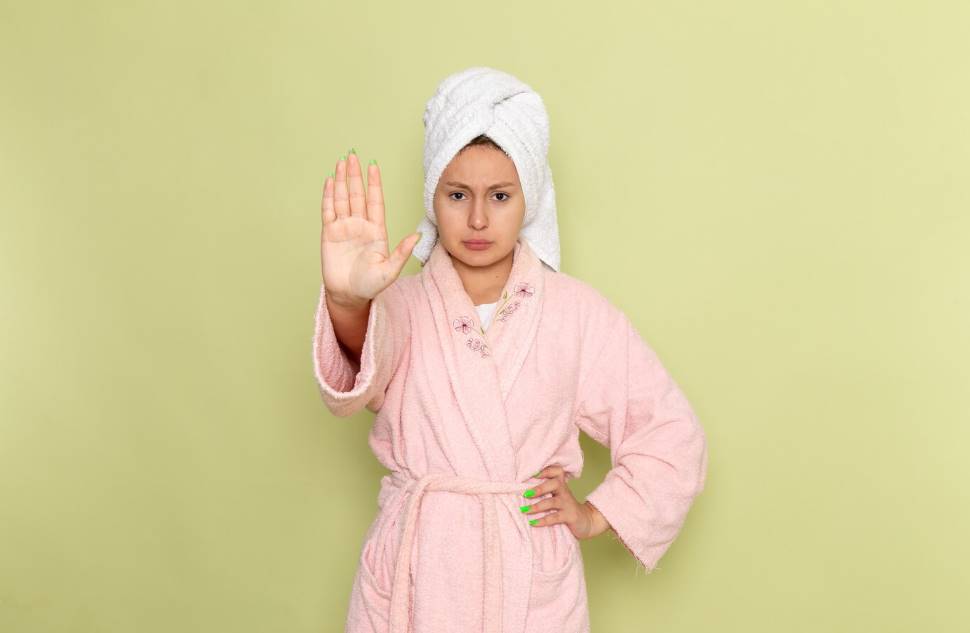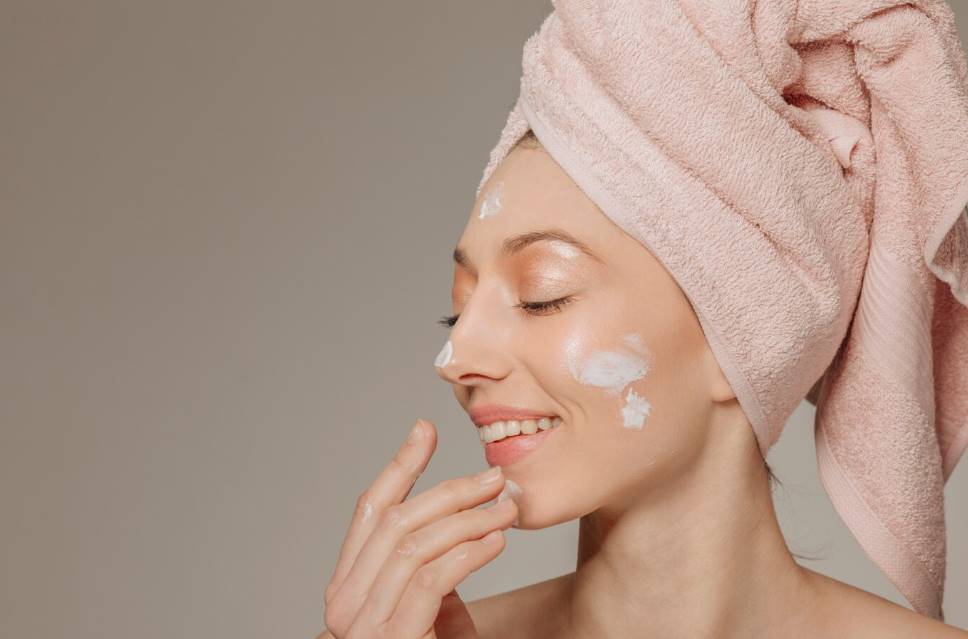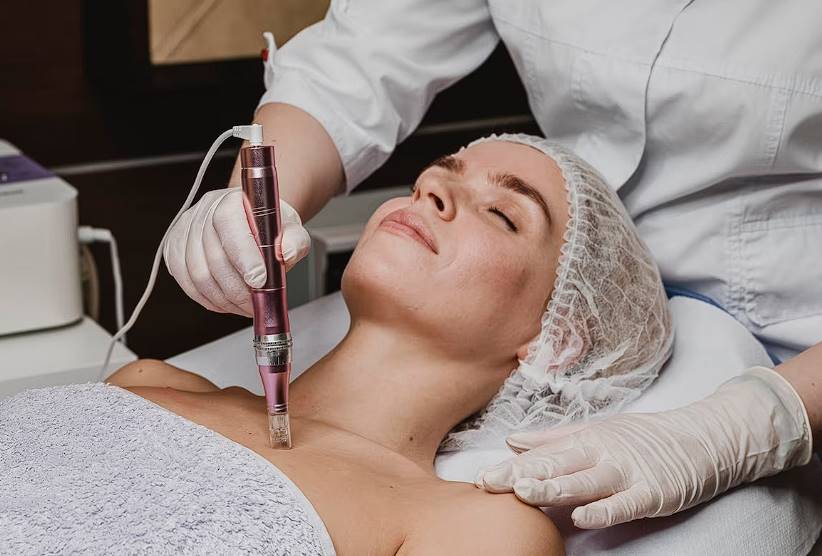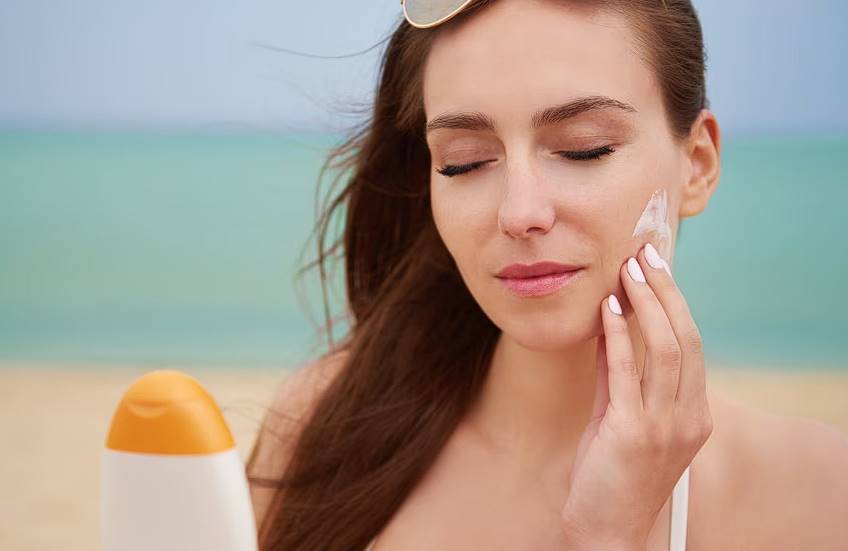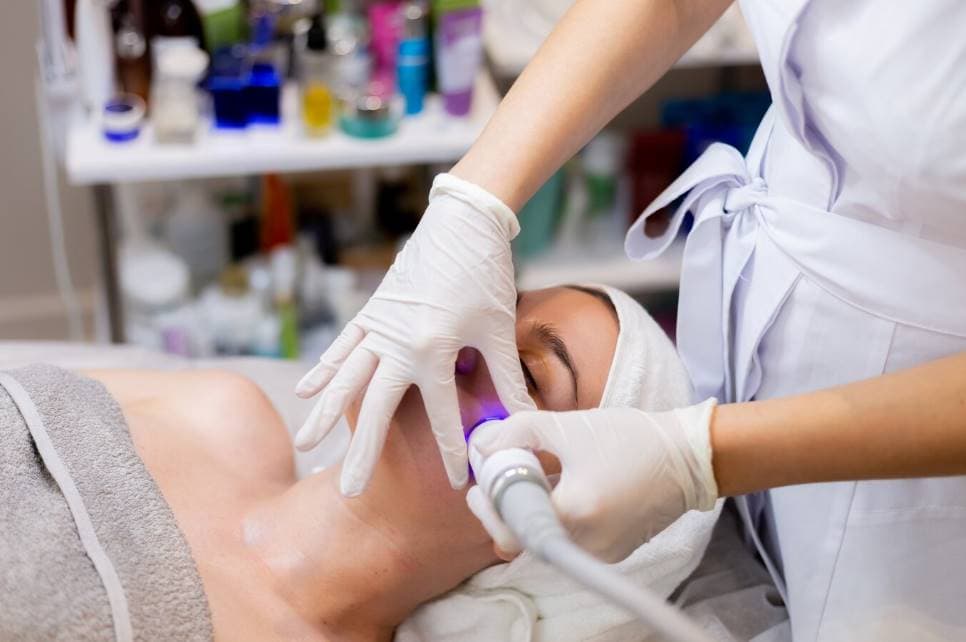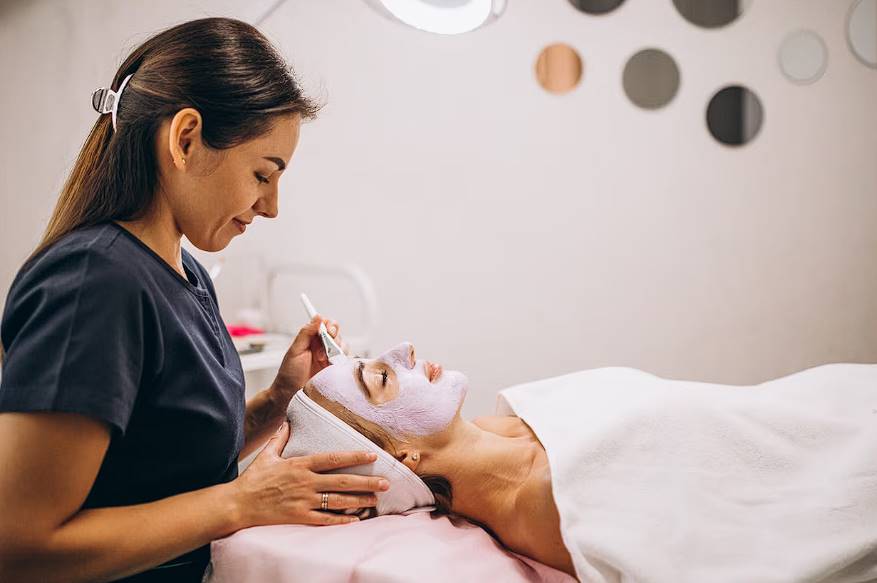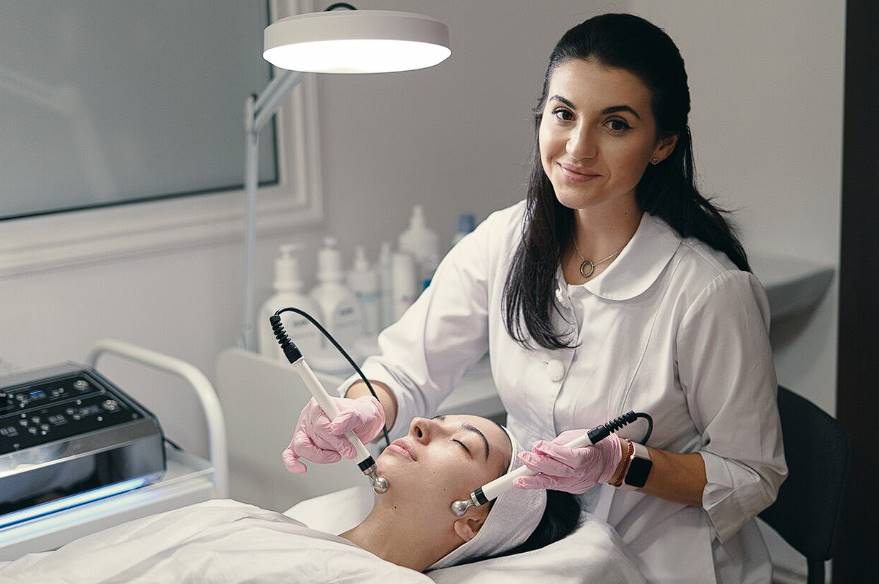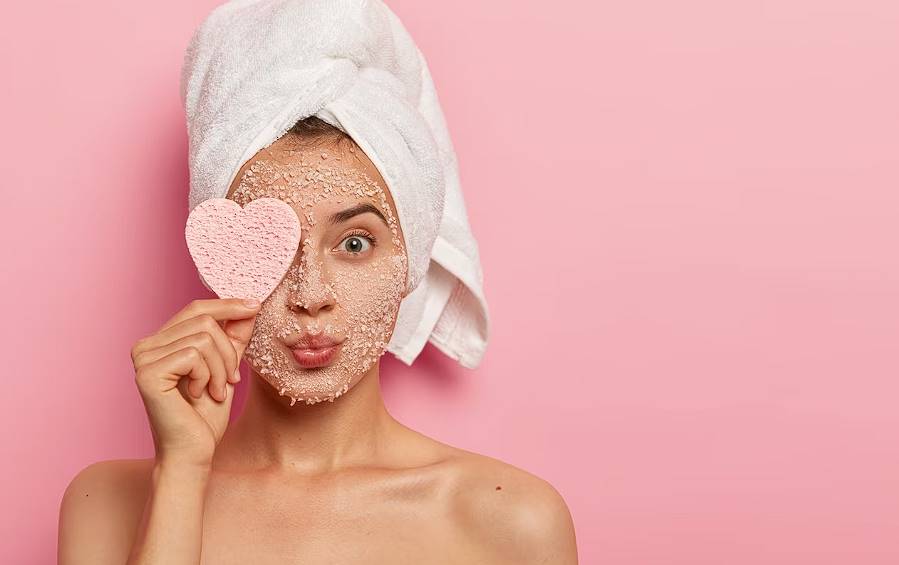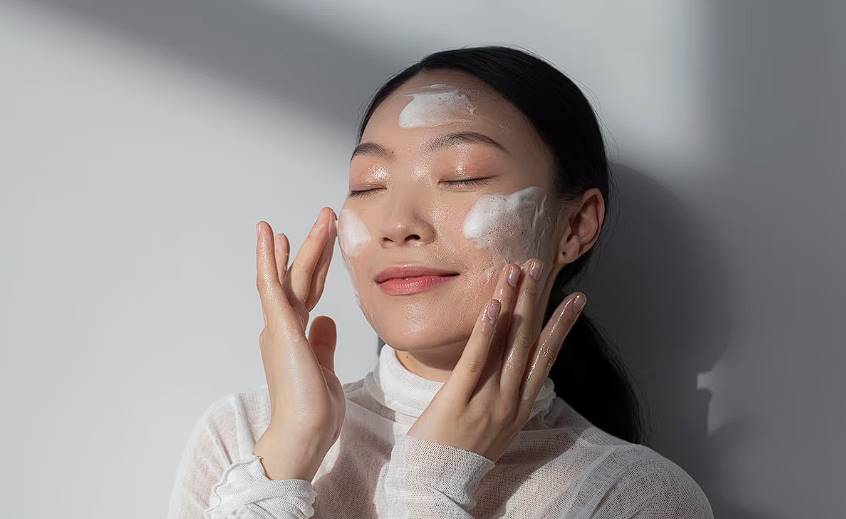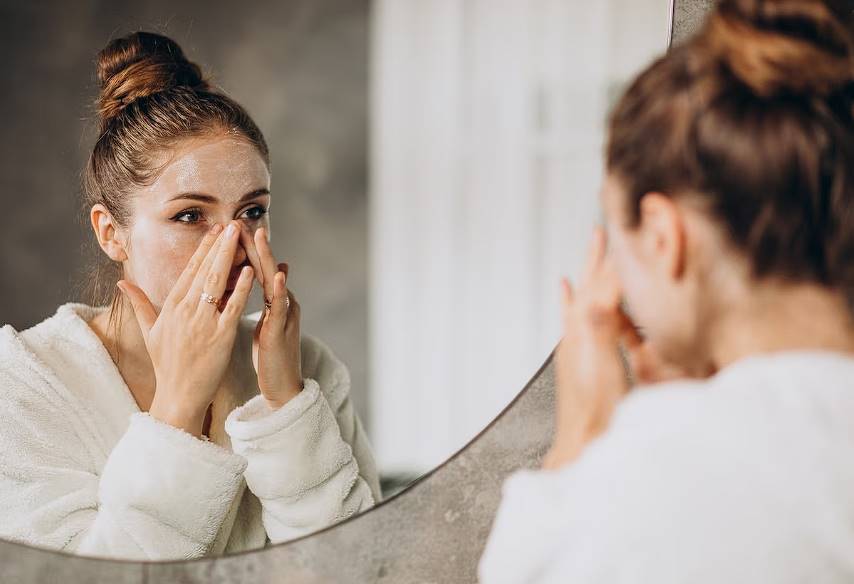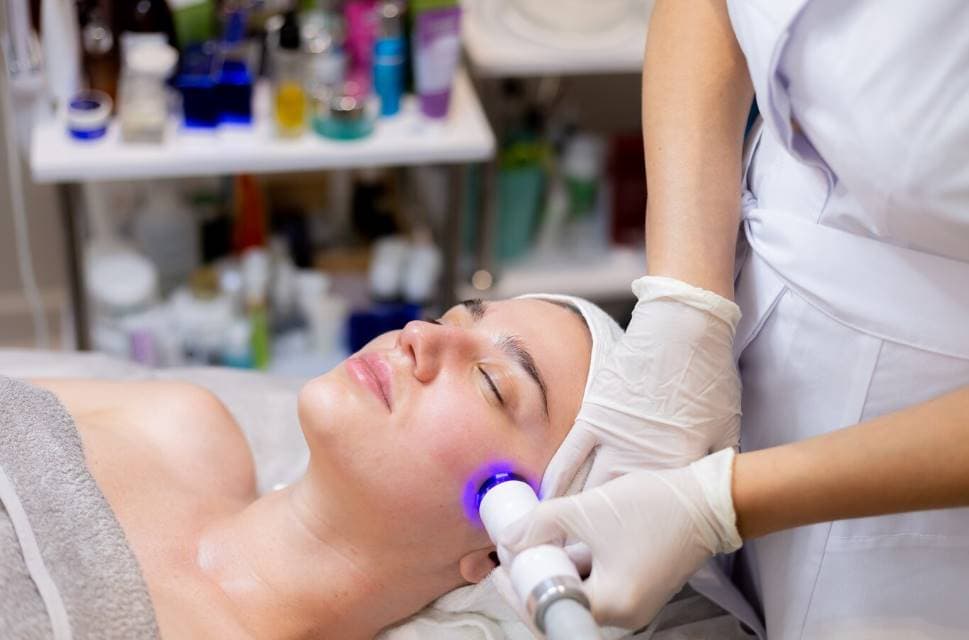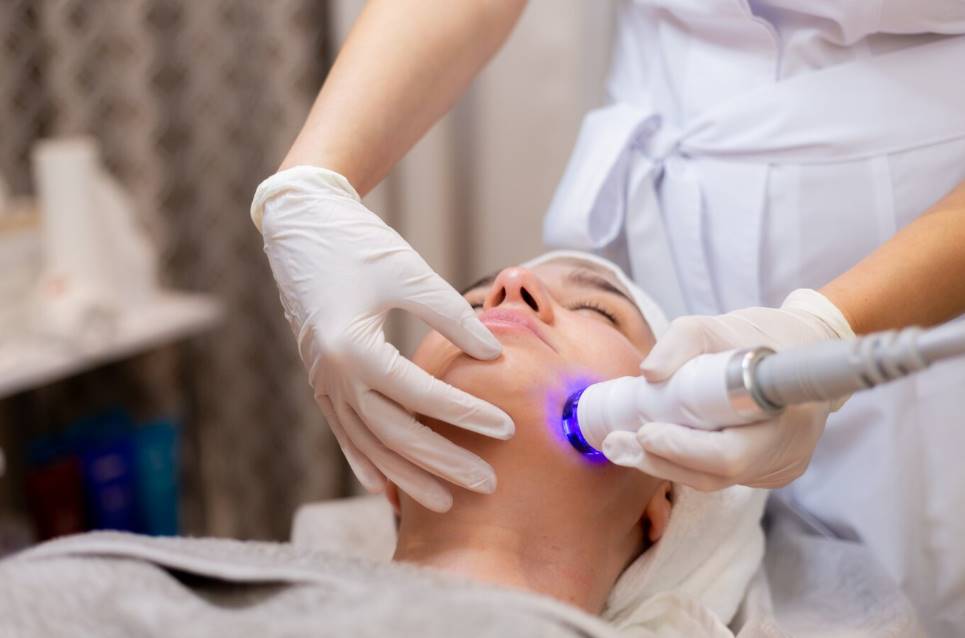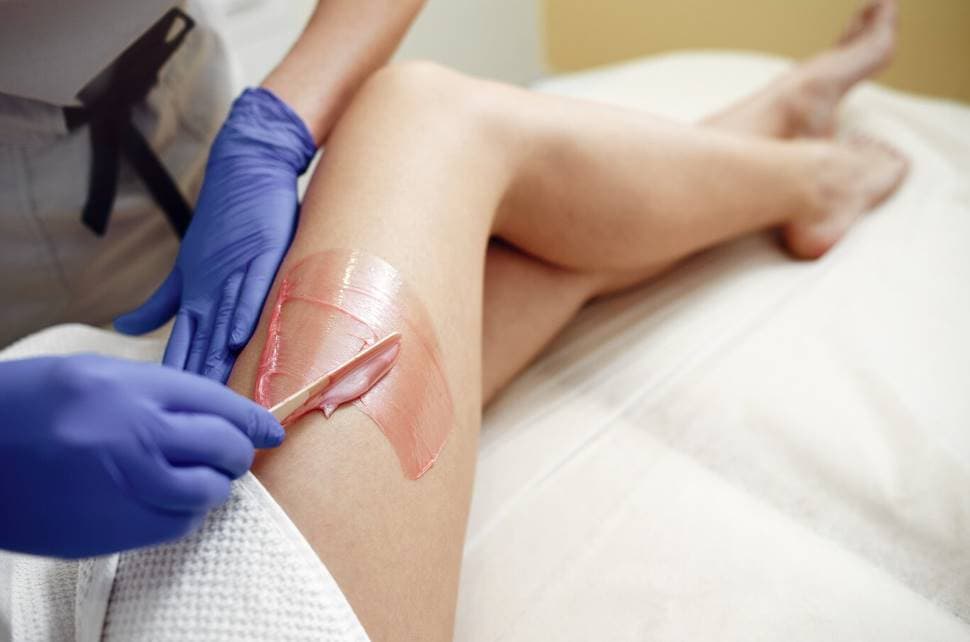With all the beauty treatments available today, you no longer have to wonder if it's possible to have perfect skin. Instead, you have to decide which treatment to get. We know that making a choice can only be easy with enough information.
Chemical peels and laser resurfacing are both of the finest and most common methods for achieving healthy, youthful skin. Both promise to make your skin look younger and help with different problems, but which is best for you?
In this complete guide, we'll go into the topic of rejuvenation for the skin and enable you to decide whether chemical peels or laser treatment is best for you.
What's Laser Skin Resurfacing?
Laser skin resurfacing, often referred to as a laser peel or lasabrasion, offers a cutting-edge solution to minimise the visibility of wrinkles, scars, and other facial imperfections. Modern laser technologies provide plastic surgeons with unparalleled precision, particularly in delicate facial regions.
How Does the Laser Skin Resurfacing Work?

Laser skin resurfacing harnesses light beams to target and treat irregular skin. During this process, a doctor directs short, concentrated pulses of light at the affected skin, meticulously removing damaged layers layer by layer.
A significant advantage of this targeted approach is the reduced risk of hypopigmentation or the lightening of the skin – a concern often associated with treatments like laser acne scar removal.
During the resurfacing procedure, the laser primarily eliminates the epidermis (the skin's outermost layer). Concurrently, it warms the underlying dermis layer, promoting accelerated collagen fibre growth. As the treated region recuperates, it gives way to a rejuvenated, tighter skin surface.
The Role of Chemical Peels in Skincare
A chemical peel involves the application of a chemical solution to eliminate the upper layers of the skin. Once the skin regenerates, it appears smoother. For those opting for light or medium peels, multiple sessions might be required to achieve the desired outcome. Typically administered on the face, chemical peels address concerns such as wrinkles, skin discolouration, and scarring. They can be undertaken as standalone treatments or in conjunction with other skincare procedures. The intensity of these peels can range from light to deep. It's worth noting that while deeper peels yield more pronounced results, they necessitate a longer recovery period.
Key Differences Between Them
Chemical peels and laser therapies both remove old skin and make way for new skin to grow. Both treatments often reduce acne scarring and hyperpigmentation, smooth out wrinkles and fine lines, and fix age spots and other signs of sun damage.
First, chemical peels and laser therapies are different in how they are done. As the name suggests, one uses chemicals to get rid of skin, while another uses lasers.
What You're Targeting
Peels can help with many skin problems, from acne and age marks to pigmentation problems and sun damage. A chemical peel might help with fine lines and rough patches of skin, but it won't work as well on deep wrinkles or skin that are sagging. Lasers treat many skin problems like sun damage, brown spots, and scars.
Some wrinkles, like lines surrounding the eyes and vertical lines of the mouth, respond better to laser treatment than others. A laser can also improve skin texture because it may tighten and smooth it.
Timeline of Results
Most of the time, lasers work faster than peels, and you can see results in just a few days. This is particularly so when laser resurfacing is used to remove acne scars. The skin then gets visibly smoother over the next few days. Scars disappear completely after about a month or in the days after a second treatment. As collagen levels rise, the skin gets plumper, the tone smooths out, and wrinkles disappear.
The immediate consequences of chemical peels depend more on the type of peel you get than on how many times you get them. A superficial peel will immediately make your skin look brighter, and you'll see more improvements in two to three weeks. With a medium peel, and this goes deeper, it can take up to four months for wrinkles to go away, scars to fade, and acne to stop. Most patients would rather get better slowly than quickly and drastically.
Level of Intensity
Peels and lasers can also be done in different ways. You may pick a light peel like alpha hydroxy acid that can be completed during lunch, or you can go for a deeper therapy with more trichloroacetic acid to get rid of fine lines, spots, or rough skin.
If you're new to peels, begin with a light treatment with milder ingredients, such as lactic acid, mandelic acid, and willow-bark acid, before working towards more concentrated formulas. There are two different kinds of laser resurfacing. Ablative lasers take off the top layers of skin, along with wrinkles and trouble spots. The least invasive option is to use non-ablative lasers, which cause the skin to make more collagen.
The Skin Types They Benefit
It's important to remember that not all skin can be treated with a laser. Before, people with lighter skin were more popular because they didn't get discoloured or damaged easily. Even though advances in laser science have mostly fixed these problems, people with darker skin are still told to be careful when getting laser treatments. People who have sensitive skin or skin that scars easily should also think about other options.
Chemical peels are usually more flexible than laser treatments, especially for people who aren't good candidates for laser. Ingredients can be changed to meet specific needs and concerns, which means they can also be made for people with sensitive skin. Peels with glycolic acid, which are made of mild ingredients, can be used on all skin tones and make them look younger and more radiant. The key is to do the treatments in the order that was suggested.
Ease of Use
Both can be done at home or in the office of your dermatologist. But peels you can do at home and laser devices you can buy over the counter aren't as strong as treatments at the doctor's office. Both can cause redness, hyperpigmentation, or scarring if not used as directed.
Frequency of Treatment
This brings us to the next point: how many sessions each treatment needs? Laser resurfacing typically occurs in four or more sessions, each approximately thirty days apart, so the skin has time to heal. Each session builds on the outcomes of the previous one, so it's important to stick to the treatment plan we make for you.
The number of times you need a chemical peel depends on the problem you want to fix. For example, a patient who wants to get rid of acne may need an entire series of six peels, one every two weeks. Once the patient gets the desired results, they may only need to get peels once a month or every six weeks. On the other hand, a person with sensitive skin may only need treatment once every eight weeks. So, frequency is based on:
- Objectives for therapy
- Prepare components for peeling
- The skin type of the individual undergoing treatment
The Process
Laser resurfacing is a way to treat skin that uses short, concentrated beams of light that pulse. Peels, on the other hand, use different levels of acid from fruit or chemicals to remove the outer layers of the skin.
Duration of Results
The effects of peels and laser therapies last long, affecting how often you need them. The outcomes of laser therapy might last between three and five years before you need more sessions. Peels, on the other hand, work in much less time. The effects of a light peel will last for between one and two months, while the effects of a medium peel will last for four to six months. Most likely, a deep peel will last for ten years.
Each light, medium, or deep peel goes to a different skin level. Medium peels remove the middle layer of skin as well as the top layer. Superficial peels eliminate the top layer of skin. As you might have guessed, deep peels get into the deepest layers of the skin to make it look completely new. Because of how much they change the skin, it is suggested that people only get one of those in their lifetime.
How to Pick the Best Option for Your Skin
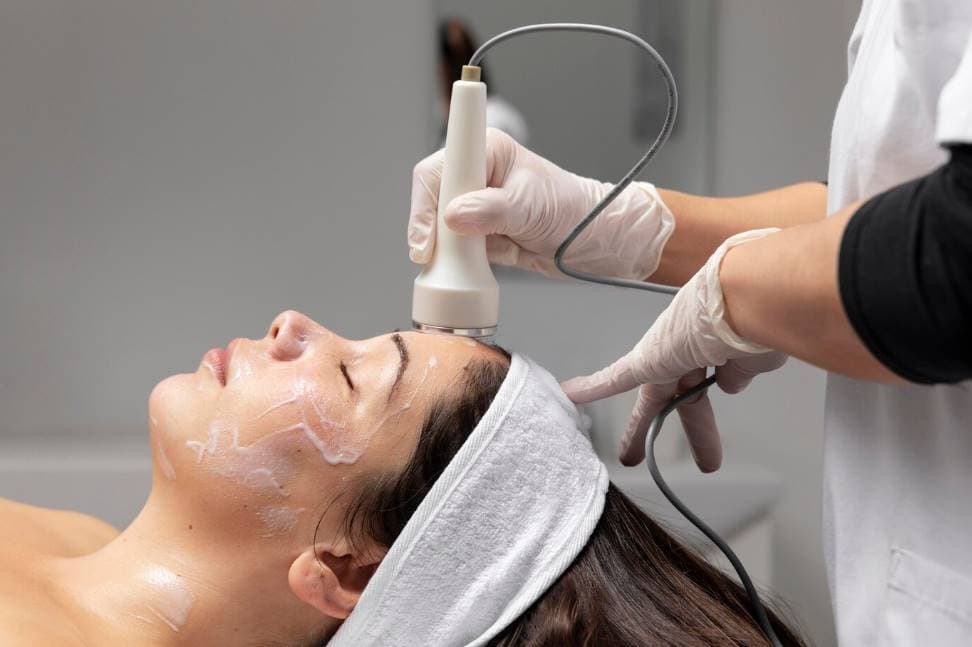
Both chemical peels and laser treatments aim to enhance the skin's appearance and address imperfections. While they may target similar concerns like fine lines, discolouration, and uneven texture, it doesn't necessarily mean they're interchangeable.
Choosing between these treatments requires careful deliberation. The decision largely hinges on the specific skin issues one wishes to address, the speed of desired results, and the budget available.
While both modalities offer enduring benefits, the appropriateness of each depends on the nature of the skin concern. For instance, when addressing wrinkles, treatments that stimulate deeper collagen can provide prolonged effects. Addressing pigmentation, on the other hand, can be more challenging.
Maintaining an even skin tone post-treatment can be achievable with consistent use of SPF and a rigorous skincare regimen, often lasting several months or even years.
In essence, the selection between chemical peels and laser treatments is dictated by the skin concerns at hand. Certain issues might warrant the investment in laser treatments for superior outcomes, while for others, a chemical peel might suffice. If in doubt, consulting a licensed dermatologist or aesthetician is always the best course of action.
Conclusion
Chemical peels and laser treatments are both common ways to make your face look healthy and young. Laser skin resurfacing uses light beams to target and treat uneven skin, making lines, scars, and other flaws on the face less noticeable. This targeted method makes it less likely that the skin will lose colour or become lighter. Chemical peels, on the other hand, use a chemical solution to remove the top layers of skin, which makes the face look smoother and younger.
Both treatments can be done on their own or in combination with other skin care processes to help with things like wrinkles, skin discolouration, and scars. The depth of these peels can range from light to deep. Deeper peels give better results, but they take longer to heal from.
Peels can help with issues like acne, age spots, uneven colour, and sun damage. Lasers can help with a lot of skin problems, and some wrinkles react better to laser treatment than to other methods. Lasers work faster, and you can see the effects in as little as a few days.
Peels and lasers can be done in different ways. For fine lines, spots, or rough skin, lighter peels like alpha hydroxy acid work better, while deeper treatments with more trichloroacetic acid are better for deeper peels. There are also different levels of severity, and some treatments can take up to four months for wrinkles and scars to fade.
Laser treatments are not good for everyone. People with darker skin, sensitive skin, or skin that scars easily should not get them. Chemical peels are more flexible and can be changed to fit different needs. They can be done at home or in a dermatologist's office. They can be used on all skin tones and make the skin look younger and brighter.
The number of treatments varies on the problem being treated, how the ingredients are made, the type of skin, and how the process works. Peels work much faster, with light peels lasting between one and two months, medium peels four to six months, and deep peels ten years. Laser therapy usually takes four or more sessions, with each one about thirty days apart.
The best treatment relies on the skin problem, the results you want, and your budget. The right treatment for a skin problem relies on what the problem is. For example, wrinkle treatments that stimulate deeper collagen can last longer, while pigmentation can be harder to fix.
Using SPF every day and following a strict skin care routine can help you keep your skin's colour even after treatment. In the end, choosing between chemical peels and laser treatments relies on the specific skin problems and the problems that need to be fixed.
Content Summary
- Numerous beauty treatments available today aim to achieve perfect skin.
- Chemical peels and laser resurfacing are popular methods for skin rejuvenation.
- These treatments promise youthful skin, addressing varied skin concerns.
- Laser skin resurfacing is often called laser peel or lasabrasion.
- This treatment is designed to reduce wrinkles, scars, and other facial imperfections.
- Advanced laser technologies allow for precision, especially in sensitive facial areas.
- Laser treatments employ light beams to target irregular skin areas.
- These beams precisely remove damaged skin layers during the resurfacing process.
- A benefit of lasers is the reduced risk of skin lightening or hypopigmentation.
- The laser treatment primarily targets the skin's outer layer or epidermis.
- At the same time, the laser warms the underlying dermis, encouraging collagen growth.
- Post-treatment, the skin becomes firmer and more rejuvenated.
- Chemical peels use a chemical solution to remove the upper skin layers.
- The regenerated skin post-peel appears smoother.
- Light or medium chemical peels may require multiple sessions.
- Chemical peels are primarily used on the face to address wrinkles, discolouration, and scars.
- These peels can be light, medium, or deep in intensity.
- Deeper chemical peels offer significant results but have a longer recovery time.
- Both chemical peels and lasers encourage the growth of new skin.
- They can reduce acne scars, wrinkles, hyperpigmentation, and sun damage signs.
- The treatments differ in application: one uses chemicals, and the other uses lasers.
- Chemical peels can address various issues like acne, age marks, and sun damage.
- However, peels might be less effective on deep wrinkles or sagging skin.
- Lasers are effective against sun damage, brown spots, and scars.
- Certain wrinkles, like those around the eyes, respond better to laser treatments.
- Laser treatments can also enhance skin texture by making it smoother.
- Generally, laser results manifest faster than those from chemical peels.
- For example, post-laser treatment, acne scars might disappear in about a month.
- The outcome of a chemical peel depends on its type and frequency.
- A superficial peel offers immediate brightness, with improvements visible in 2-3 weeks.
- Deeper peels can take up to four months for wrinkles and scars to fade.
- Chemical peels can be adjusted in intensity, from light lunchtime peels to deeper treatments.
- Beginners are advised to start with milder peels before advancing to stronger ones.
- Two types of laser resurfacing exist: ablative and non-ablative.
- Ablative lasers remove top skin layers, while non-ablative lasers promote collagen production.
- Not all skin types are suitable for laser treatments.
- People with darker skin tones or sensitive skin should exercise caution with lasers.
- Chemical peels are more adaptable, catering even to sensitive skin types.
- Both treatments can be done either at home or in a professional setting.
- Home treatments or over-the-counter devices may not offer the same strength as professional ones.
- Laser resurfacing typically requires multiple sessions spaced around thirty days apart.
- The number of chemical peel sessions depends on the specific skin issue being addressed.
- The longevity of treatment effects varies; laser treatments can last up to five years.
- The effects of light chemical peels last 1-2 months, and medium ones 4-6 months.
- A deep chemical peel's effects can persist for up to ten years.
- The depth of the peel dictates its effects and recovery time.
- Both treatments target similar skin concerns but aren't necessarily interchangeable.
- The choice between treatments depends on individual skin issues, desired results, and budget.
- Maintaining skin post-treatment requires SPF and consistent skincare.
- When uncertain, it's best to consult a licensed dermatologist or aesthetician.
Frequently Asked Questions
Know that chemical-based peels best fix skin problems close to the surface. On the flip side, laser resurfacing is a good way to change how collagen works. Regarding recovery duration and downtime, some in-clinic chemical peels have almost no downtime.
Most of the time, lasers work faster than peels, and you can see results in three to five days. This is particularly so when laser resurfacing is used to remove acne scars.
Laser resurfacing that takes longer than a week to heal is best for people in their 40s and 50s, while therapies like Clear + Brilliant are now best for people in their 20s and 30s.
Peels can make acne scars, melasma, sun-damaged skin, wrinkles, and several other skin problems look better. They can also make dark spots lighter. Chemical peels lighten dark spots by removing the skin pigment melanin with chemicals.
Laser resurfacing is better than other treatments in several ways. Topical therapies like microdermabrasion can help remove the top layer of skin, but they can't help the skin heal and grow new cells like laser treatment can.
